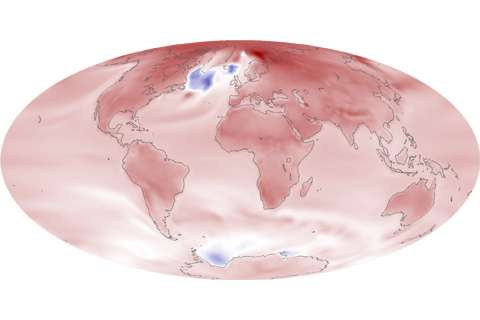
Global climate models project that near the end of the 21st century, average surface temperature over most of Earth’s surface will be several degrees warmer than today, mainly due to rising levels of greenhouse gases in the atmosphere.

Global climate models project that near the end of the 21st century, average surface temperature over most of Earth’s surface will be several degrees warmer than today, mainly due to rising levels of greenhouse gases in the atmosphere.
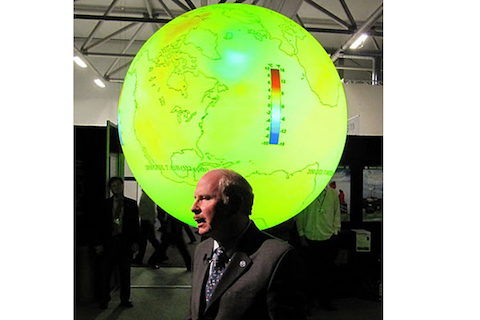
At the United Nations Climate Change Conference, Dr. Alexander E. “Sandy” MacDonald, of NOAA, used Science on a Sphere® to illustrate how climate change will transform the planet if humans do not reduce emissions of greenhouse gases.
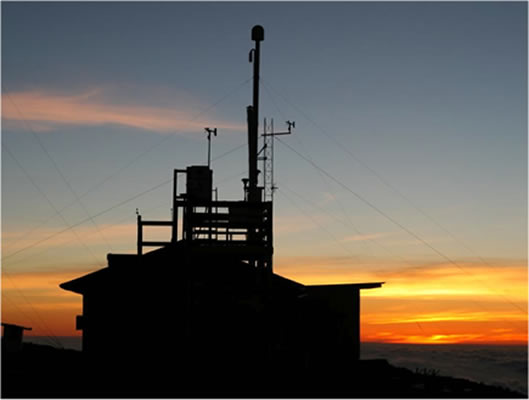
Carbon dioxide is everywhere: in the air, rising from cracks in the ocean floor, and in your soda can. Now it's showing up in the news! Find out why carbon dioxide is such a hot topic, and why it's going to be around for a long, long time.
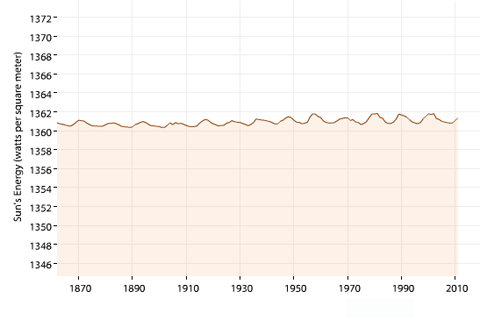
The Sun's average brightness varies over time, and the changes can affect global surface temperature. But long-term changes over the period of human-caused global warming are minimal.
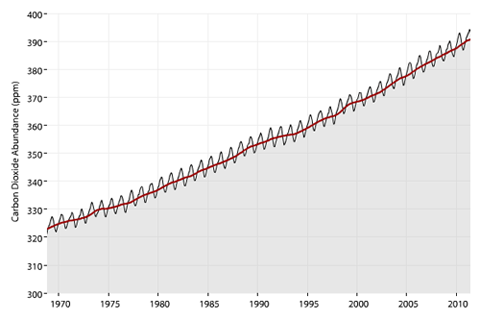
In the past 60 years, carbon dioxide in the atmosphere has increased 100 times faster than it did during the end of the last ice age.
The Arctic tundra, which has been a carbon sink for millennia, has shifted to become a carbon source.
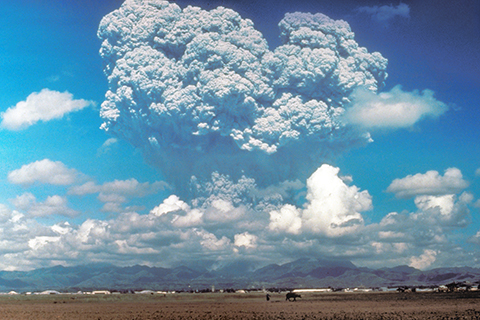
Not a Mad Lib! Our blogger lays out some of the evidence for and against the notion that volcanic eruptions can trigger El Niño.